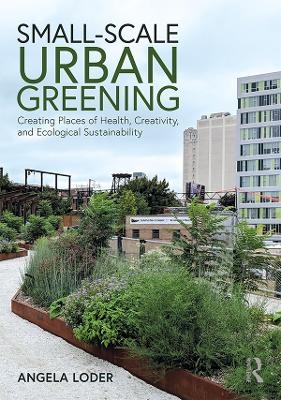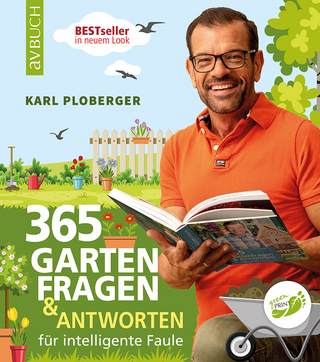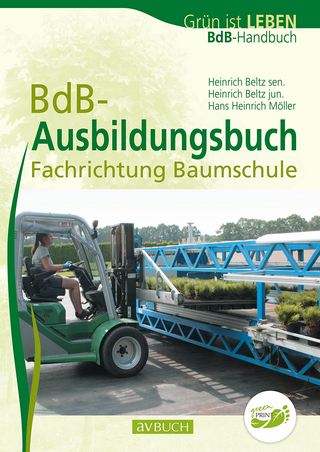
Small-Scale Urban Greening
Routledge (Verlag)
978-0-367-90083-0 (ISBN)
Angela Loder is Vice President, Research, for the International WELL Building Institute. In this role she is responsible for identifying, directing, and managing evidenced-based research that supports the WELL Building Standard. She has been a core member of the Health in Buildings Roundtable (HiBR) with the National Institutes of Health since 2009. She is a Canada-U.S. Fulbright Scholar, a board member of the Institute for the Built Environment at Colorado State University, Adjunct Faculty at the University of Denver, and part of the first cohort of WELL Faculty and a WELL AP. She holds a collaborative PhD in Health and Urban Geography and Environmental Studies from the University of Toronto.
Introduction: Re-imagining the city: urban greening as creative solution to social and ecological challenges
Chapter 1: Nature, Health, Well-being and Sense of Place: what do we know? What don’t we agree on?
Biological paradigm: adaptive and utility
The Social Construction Paradigm: constructed, political, and relational
New directions in nature, health, and well-being research
Moving forward: research, policy, and practice on nature and health in cities
Chapter 2: Ecology in the margins: Green Infrastructure and stormwater management
Introduction
Ecosystem services, green infrastructure, and stormwater: a short history of re-thinking water in cities
City-wide approaches to urban greening and stormwater: the case of Philadelphia
Piece-by-piece layering and conversion: urban greening and stormwater in Toronto
Small-scale urban greening and green infrastructure: reflections
Links to research and moving forward
Chapter 3: Meadows in the sky: a green roof case study
Introduction
What do we know about green roofs, health, and well-being?
Methods
Results: what did they think and feel about green roofs?
Implications for policy, research, and the human relationship to nature
Asking the same questions in a different way: a survey
Lessons learned from quantitative versus qualitative methods
Conclusion
Chapter 4: Reclaiming the city: vacant lots and post-industrial corridors
Introduction
Marginal spaces: regreening neglected areas
Case studies: Chicago and Philadelphia
Chicago and vacant lots
Vacant lots: Philadelphia
Post-industrial urban greening: elevated parks
Case study: Philadelphia’s Rail Park
Case study: Chicago’s The 606
Small-scale urban greening, interstitial, and post-industrial space: reflections and moving forward
Research and the real-world: opportunities for collaboration and change
Conclusion: Policy lessons and Research Implications: Connecting urbanites to nature and re-thinking urban greenspace
Introduction
Policy
Review of case study conclusions
Lessons learned, looking ahead
Frame the issue
Governance, funding, and legislation
Tactical urbanism, community outreach, and research
A way forward: learning by doing, adaptive planning
Research context
How do we value urban nature as experienced with SSUG projects?
How we experience SSUG: implications for research
Education and design implications for health, well-being, and ecological sustainability
Looking ahead
| Erscheinungsdatum | 19.03.2020 |
|---|---|
| Zusatzinfo | 7 Tables, black and white; 4 Line drawings, black and white; 8 Halftones, color; 12 Halftones, black and white; 8 Illustrations, color; 16 Illustrations, black and white |
| Verlagsort | London |
| Sprache | englisch |
| Maße | 174 x 246 mm |
| Gewicht | 771 g |
| Themenwelt | Sachbuch/Ratgeber ► Natur / Technik ► Garten |
| Naturwissenschaften ► Geowissenschaften ► Geografie / Kartografie | |
| Technik ► Architektur | |
| ISBN-10 | 0-367-90083-1 / 0367900831 |
| ISBN-13 | 978-0-367-90083-0 / 9780367900830 |
| Zustand | Neuware |
| Informationen gemäß Produktsicherheitsverordnung (GPSR) | |
| Haben Sie eine Frage zum Produkt? |
aus dem Bereich


